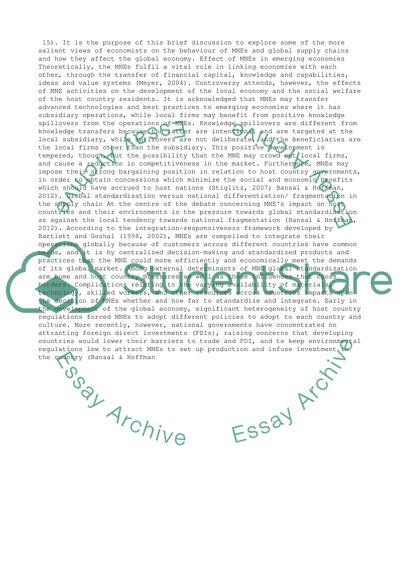Cite this document
(“The Behaviour of MNEs and of Global Supply Chains Essay”, n.d.)
The Behaviour of MNEs and of Global Supply Chains Essay. Retrieved from https://studentshare.org/business/1402935-international-and-pacific-asian-business
The Behaviour of MNEs and of Global Supply Chains Essay. Retrieved from https://studentshare.org/business/1402935-international-and-pacific-asian-business
(The Behaviour of MNEs and of Global Supply Chains Essay)
The Behaviour of MNEs and of Global Supply Chains Essay. https://studentshare.org/business/1402935-international-and-pacific-asian-business.
The Behaviour of MNEs and of Global Supply Chains Essay. https://studentshare.org/business/1402935-international-and-pacific-asian-business.
“The Behaviour of MNEs and of Global Supply Chains Essay”, n.d. https://studentshare.org/business/1402935-international-and-pacific-asian-business.


